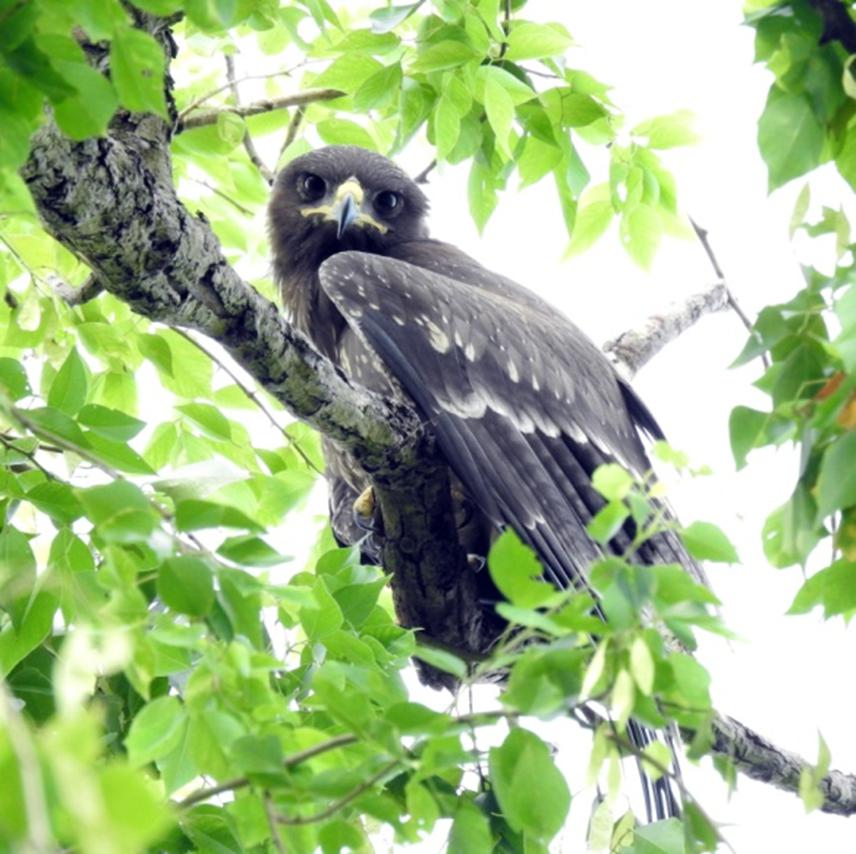Mohammod Foysal
Indian Spotted Eagle (Aquila hastata) is a little known and globally Vulnerable species with declining population throughout its range. The project aims to assess the current population status and detailed breeding biology of this threatened raptor. Involvement of local community including farmers, teachers, school children and birders will help to build a conservation community in the hotspots of the bird. Moreover, plantation of preferred native trees and protection of existing trees in and around its hotspots will help to ensure future nesting habitat. These results will contribute to develop an effective conservation action plan for this globally important species.

Indian Spotted Eagle Aquila hastata occurs in Pakistan, Nepal, India, Myanmar, Bangladesh and Cambodia. This species is widespread but present at very low density throughout its range, poorly known, thought to have a small and declining population, thus classified as ‘Vulnerable’ (BirdLife International 2017). The global population estimated below 10,000 individuals with only ten breeding records globally (Naoroji 2007; Sant et al. 2013).
No information is available on it’s the extent of the decline, trend and population size in any of the range countries (BirdLife International 2017). Therefore, a detailed study and survey is urgently needed to better understand the breeding requirements, population trend, status and threats in order to formulate conservation action and management plans.
In 2015, two nests were discovered for the first time in Bangladesh. Since 2015 a total of six nests were found in Bangladesh. With these six recent breeding records, Bangladesh can be termed as one of the most important countries in the world. However, no major work has been done on this species except some small-scale notes on its occurrence in Bangladesh. Therefore, the project will mainly focus on the following objectives:
1. Understanding population status of the Indian Spotted Eagle in Bangladesh;
2. Determining detailed breeding biology and threats of this species in Bangladesh;
3. Protection of existing nesting trees, habitat and plantation of native trees in the breeding hotspots of this species in Bangladesh;
This project will reveal the population size including number of breeding pairs within its known range in Bangladesh. Breeding biology including nest building roles of male and female, incubation duties and period, nestling period, post-fledging dependency period, natality, mortality and diet will be determined. Data on its nesting ecology will help to understand preferred nesting tree species, viable breeding habitats and threats. Observation on the diet during breeding will reveal the main prey species, feeding intervals and foraging habitat requirement of adults, nestlings and fledglings during breeding. Breeding success will also be determined from this study. Moreover, the study will help to understand availability of prey and the effects of pesticide and fertilizers on the prey species.
Moreover, involvement of local community including farmers, teachers, school children and birders will help to build a conservation community in the hotspots of this raptor. Plantation of preferred native trees and protection of existing trees in and around the hotspots will help to ensure future nesting habitat.